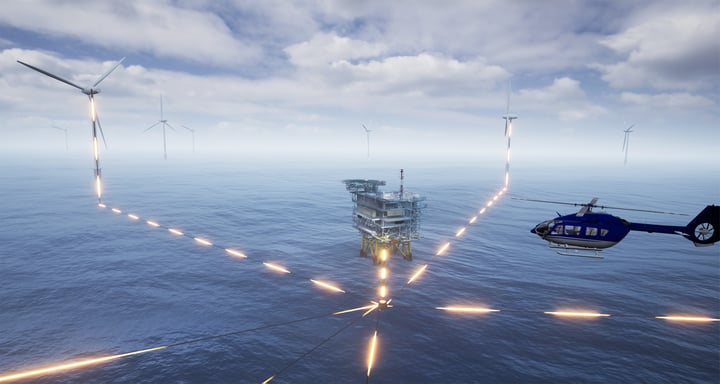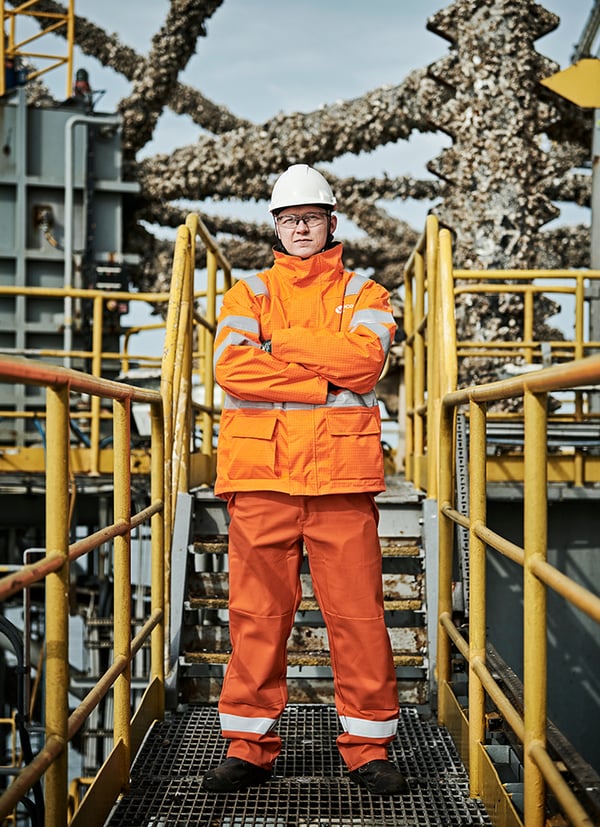Mission-critical communication solutions
In a wind farm, your mission-critical communication solution must achieve the following ‘R’s, which are reliability, reachability, redundancies, response, and robustness. To meet these requirements, wind farms are mainly utilizing critical communications solutions defined by digital land mobile radio (LMR) technologies like TETRA, P25, and DMR. As the TETRA standard has been specifically developed to meet the needs of many similar industries, it has become the default choice when outfitting your asset with a mission-critical communication system.
However, as the industry continues the process towards digitization, wireless technologies can help with critical communications, while making safety and productivity improvements possible, due to the higher data throughput.
Standards for mission-critical functions
To that end, a parallel development has been happening with broadband networks (LTE, 5G.) The Third Generation Partnership Project (3GPP) community has developed a set of standards for mission-critical functions, such as push-to-talk, data, and video features. The goal of this development is to enable end-users to take advantage of the increased data throughout LTE provides compared to LMR, without compromising on the essential features such as availability and security.
Increased interest for private LTE solutions
Aside from being able to provide critical voice and video capabilities, a private wireless network will also allow workers to stay connected with co-workers, support vessels, helicopters and suppliers. In addition, broadband provides the connectivity required to support digital workflows such as sharing large files like maps and drawings. During operation, broadband can also help ensure the uptime and longevity of assets as you can add IoT sensor technologies and cameras to monitor the condition of the wind turbines for predictive maintenance.
Due to this, the industry has seen an increased interest from developers looking to outfit their wind farms with private LTE solutions. While the current installations in the market are 4G-based, most of them are future-ready and can be made to work with a 5G network with a software update.
Interface between LMR and LTE
While it remains yet to be seen if LMR might be overtaken by LTE, there are benefits to having both systems in the meantime, to ensure a safe and productive environment for wind farms. As such, operators using both find that having an interface between LMR and LTE is an important task. Being able to interwork between TETRA and mission-critical broadband systems will be important in the medium term, as it will give you the maximum choice in future migration plans over the long-term.
Click below to read about how offshore wind farms benefit from having a private LTE network.:










